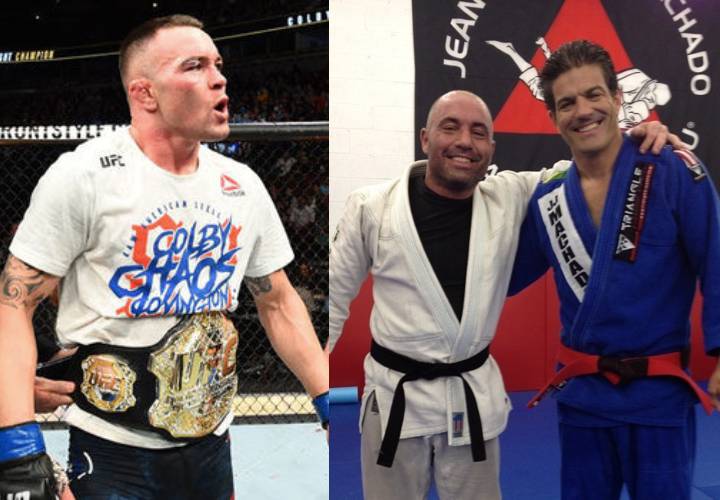Not seminars... Relationships. The best example I can give is the MartialTalk meet up. Seminars are good, but it's much better when you can freely interact back and forth share ideas, solve problems about a technique or test theories about a technique. Instead of one teaching the other, you both are learning something from each other. Seminars are kind of one sided. I'm hear to teach. Relationships are much more informal "Hey lets get together" type thing. When I think of seminars I'm thinking event planning... Yuck. When I think of the MartialTalk meetup then I'm thinking of a get together. I finally get an opportunity to meet some of the guys that I've been going back and forth with lol.To clarify, what you seem to be talking about is seminars. I'm not against seminars, but it's currently not something I've put much thought into.
If someone wanted to say. Hey I want to test your low stance principles, then I'll can just say sure and give people that opportunity to test it and to give myself the opportunity to test my own skills and abilities. While I'm not old, I am getting older so what worked for me when I was younger may not be the best path now. Opportunities like that are more to my liking than a formal seminar. If you have a relationship with other martial artist then you can also brainstorm with them on things like teaching methods or class management. Whatever is on your mind at the time, these type of relationships are treasures.
About the TKD hand strikes. I just want to make sure, because I forget all of these martial arts people take, But I know in some schools the emphaiss is on kicks and less on hand techniques. So I was wondering if you were going to dig deeper in to the hand techniques than what the current schools do.In what way?


